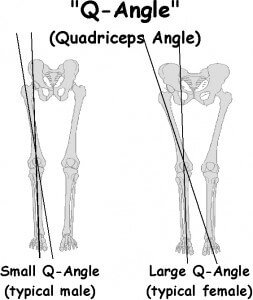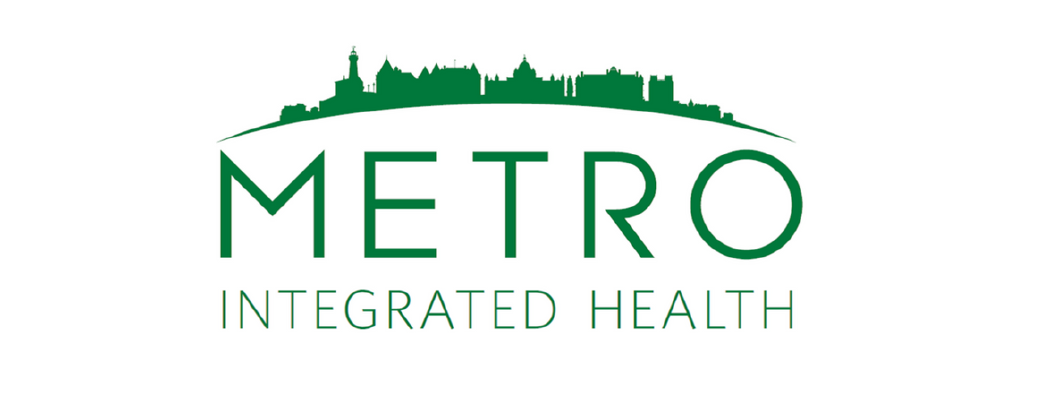
07 Feb Hip Problems In Women
Women are more likely than men to develop hip pain. This is due to the width of their pelvis. Because they have wide pelvises (for child bearing) but their feet come down exactly in the same spot as men on the ground, their thigh bones are at a steeper angle.

The angle of the thigh bone (femur) in relation to the hip socket is known as the “Q Angle.” The larger this angle, the more strain on the muscles that cover this region. So you can see why more strain is applied to the hips of women than those of their male counterparts.
As women age, if they gain weight and lose muscle tone, the effects on the hip soft tissue increases in the negative direction. Loss of muscular strength, endurance and size places more strain on the passive tissues such as ligaments and joint capsule and even tendons. Placing more continuous strain on these. Add excess weight and you compound the problem. Muscles of the hip are therefore under more strain because they are weaker than they used to be, so they can accumulate micro damage and the inevitable formation of scar tissue.
So… What Is The Solution?
There is a 2 part approach to solving hip problems in women when they are the result of the above scenario.
1. Soft Tissue Treatments. Sports massage techniques are effective at breaking down the scar tissue that has formed throughout the hip region. This is an unpleasant but effective procedure. It also helps flush out inflammation naturally.
2. Exercise prescription. By performing safe and specific hip and core exercises, the muscle tone of the hip region increases, taking the strain off the other soft tissues and making the muscle itself more resilient to stress and strain. Increased muscle strength also increases pain thresholds and decreases inflammation.
3. Flexibility training. The greater your range of motion, the more effectively the body spreads out the strain of movement and weight bearing, making the hip less likely to become injured.
If there are weight loss issues to tackle, this should be done in conjunction with the above 3 point plan.
If you or someone you know suffers from chronic hip pain, link this article to them. Thank you!








No Comments